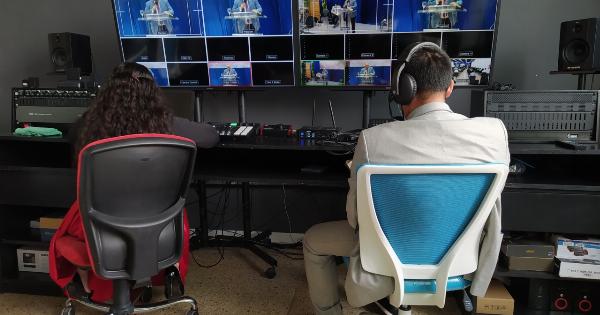Parenting is a complex journey filled with ups and downs, challenges and joys. Throughout history, the dynamics of parenting have evolved and shifted, reflecting the cultural, social, and economic changes that societies experience.
One striking aspect that emerges when examining the contrasting dynamics of parenting is the transition from equal partners to caretaker and dependent roles.
The Equal Partnership
In modern times, parenting has increasingly become viewed as an equal partnership between two individuals – the parents.
This shift finds its roots in the women’s rights movement and the feminist ideologies that emerged during the late 19th and early 20th centuries. The belief in gender equality and the desire for women to have careers beyond the home led to a reevaluation of traditional gender roles.
In an equal partnership, both parents share the responsibilities and obligations of caring for their children. From changing diapers to school drop-offs, parenting duties are seen as shared and not solely the responsibility of the mother.
This shift has allowed fathers to take a more active role in their children’s lives and has fostered stronger bonds between fathers and their offspring.
Moreover, an equal partnership in parenting provides children with diverse role models.
They witness their fathers caring for them just as their mothers do, breaking gender stereotypes and creating more inclusive and accepting environments for all family members. This dynamic also encourages open communication between parents, where decisions are made jointly and based on mutual respect and understanding.
The Caretaker and Dependent Roles
While the equal partnership model has gained traction and recognition, it is crucial to acknowledge that not all households operate on this dynamic.
In many cases, the caretaker and dependent roles are still prevalent, reverting to traditional gender norms and expectations.
In such dynamics, the mother often takes on the role of the primary caretaker, responsible for the day-to-day care and nurturing of the children.
Meanwhile, the father may assume the provider role, focusing on financial support and external responsibilities. This division of labor can be influenced by cultural norms, traditional beliefs, and socio-economic factors.
When the caretaker and dependent roles are prominent, it can lead to the imbalance of power within the household and reinforce gender inequality. This can impact the emotional well-being and development of all family members, including the children.
In some cases, it can also hinder the father’s ability to form a deep and meaningful relationship with their children, further perpetuating societal expectations.
The Impact on Children
The dynamics of parenting, whether in an equal partnership or caretaker and dependent roles, have a significant impact on the overall well-being and development of children.
When parents share equal responsibilities, it allows children to experience a more balanced and nurturing environment. They grow up witnessing cooperation, respect, and gender equality, which can shape their own beliefs and values.
On the other hand, when traditional gender roles prevail, children may internalize these dynamics and perpetuate them into future generations.
Daughters may view themselves as future caretakers, while sons may develop a limited understanding of the diverse roles that men can assume in a family setting.
However, it is crucial to note that every family is unique, and parenting dynamics can vary.
Some families may find that the equal partnership model works best for them, while others may prefer a division of labor that aligns with their values, beliefs, and capabilities.
Striving for Change
The contrasting dynamics of parenting highlight the need for continued progress and the dismantling of traditional gender roles.
Society must recognize and celebrate the value that each parent brings to the family unit, regardless of their gender identity. This means advocating for equal opportunities in the workforce, promoting flexible working hours and parental leave policies, and fostering a cultural shift that acknowledges and supports shared parenting responsibilities.
Parents themselves also play a vital role in shaping the dynamics of parenting. Open and honest communication, as well as a willingness to challenge societal expectations, can pave the way for a more equitable and balanced approach to parenting.
By actively engaging in discussions about parenting roles and responsibilities, parents can work towards creating an environment where all family members can thrive.
Conclusion
The dynamics of parenting have evolved over time, bringing both progress and challenges. From the equal partnership model to the caretaker and dependent roles, parenting dynamics reflect societal norms, cultural beliefs, and individual choices.
While an equal partnership in parenting promotes gender equality, inclusivity, and strong family bonds, traditional roles can perpetuate gender stereotypes and unequal power dynamics.
The impact on children is significant, as they absorb and internalize these dynamics, influencing their beliefs and shaping their future roles within society.
Striving for change requires a collective effort from society as a whole, including policy changes, cultural shifts, and individual decisions.
By continuously challenging and redefining the dynamics of parenting, we create a better future for children and families, where equal partnerships flourish and caretaker and dependent roles become a thing of the past.































